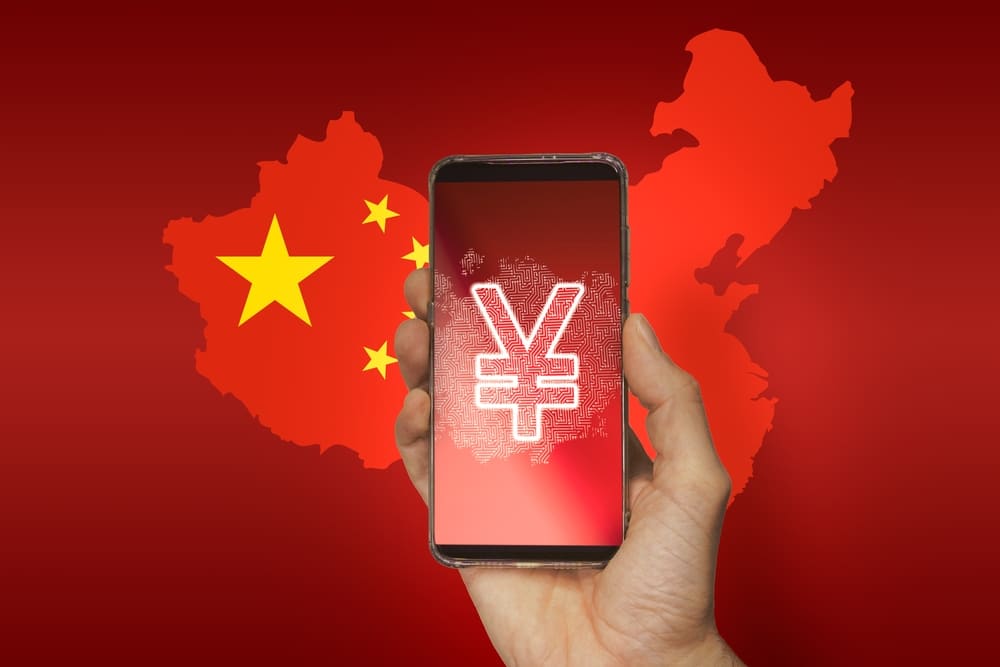
A Comprehensive Explanation of e-CNY, China’s Digital Currency
The e-CNY is one of the most advanced central bank digital currencies(CBDCs) globally. The Chinese government has implemented several interventions to back the digital yuan’s pilot since it started testing the e-CNY in 2019.
China is setting the pace for the developed countries particularly the US where politicians’ stances against CBDC are certainly slowing the digital dollar pursuit.
Explanation of e-CNY
The e-CNY involves the digital currency for China’s fiat currency yuan. The globe’s second-biggest economy aims to offer a digital form of the yuan to satisfy the public’s demand for money in the digital economy age.
In 2014, the central bank developed a task force to scrutinize digital fiat currency. 2016 the People’s Bank of China (PBOC) created its Digital Currency Institute.
In a 2021 white paper, the PBOC revealed that the digital economy development necessitates new retail payment infrastructures that are all-encompassing, secure, and adaptive to the digital age.
The digital yuan pilots were inaugurated in 2019. Since then, the People’s Bank of China has extended the digital yuan experiment to at least 26 places in 17 provincial-level regions and cities. This includes Shanghai, Suzhou, Shenzhen, and Beijing.
China’s Cashless Push
WeChat Pay and Alipay are universal mobile payment systems in China. The e-CNY has been incorporated into the payment services to improve retail use.
The People’s Bank of China has been piloting the digital yuan for payments across borders, with Hong Kong playing a critical role. In a budget speech in February, Paul Chan, Hong Kong’s financial secretary, noted that the government intends to extend the digital yuan’s pilot testing to enable more Hong Kong residents with facilitated top up to their e-CNY wallets via the current ‘Faster Payment System.’
As part of the testing, the central government is observing cross-border settlements. For instance, in October last year, PetroChina, a Chinese gas and oil firm, executed the initial crude oil transaction paid via the digital yuan.
Privacy Issues in Digital Currency Pursuit
Worries concerning the digital yuan’s traceability and privacy have risen. This is despite the People’s Bank of China downplaying the concerns.
In a 2022 document, Changchun Mu, head of the People’s Bank of China’s digital current institute, revealed that the e-CNY adopts a ‘two-tier’ operating system. This entails the bank supplying approved operators with the digital yuan, which later offers circulation and exchange services to the public.
According to Mu, the approved operators would gather the required private data, while the BPBOC would only process inter-institutional transaction data without keeping the private data. He also noted that the authorized operators can apply to acquire relevant information for more assessment only when dubious transactions arise. This assessment ensures the fulfilment of legal requirements, for instance, in relation to AML/CFT.
According to Mu, the e-CNY ‘must do a perfect job’ of risk deterrence based on safeguarding privacy to safeguard it from turning into a tool utilized by offenders.
Final Thought
The People’s Bank of China also aims to help foreigners utilize the e-CNY while in the country. Last month, the central government printed a user guide explaining how to download the pilot application and recharge the balance using Mastercard or Visa cards. According to this guide, mobile phone numbers from more than 210 origins and nations can be utilized to register an e-CNY wallet.




